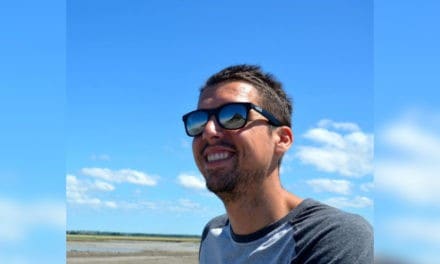Congratulations to HALO Senior Scientist Dr. Mark Tremblay on his contributions to a new publication titled “A Standardised Core Outcome Set for Measurement and Reporting Sedentary Behaviour Interventional Research: The CROSBI Consensus Study” just published in the International Journal of Environmental Research and Public Health! Citation details and a summary of the paper are below.
Curran, F.; Dowd, K.P.; Peiris, C.L.; van der Ploeg, H.P.; Tremblay, M.S.; O’Donoghue, G. A Standardised Core Outcome Set for Measurement and Reporting Sedentary Behaviour Interventional Research: The CROSBI Consensus Study. Int. J. Environ. Res. Public Health 2022, 19, 9666. https://doi.org/10.3390/ijerph19159666
Heterogeneity of descriptors and outcomes measured and reported in sedentary behaviour (SB) research hinder the meta-analysis of data and accumulation of evidence. The objective of the Core Research Outcomes for Sedentary Behaviour Interventions (CROSBI) consensus study was to identify and validate, a core outcome set (COS) to report (what, how, when to measure) in interventional sedentary behaviour studies. Outcomes, extracted from a systematic literature review, were categorized into domains and data items (COS v0.0). International experts (n = 5) provided feedback and identified additional items, which were incorporated into COS v0.1. A two round online Delphi survey was conducted to seek consensus from a wider stakeholder group and outcomes that achieved consensus in the second round COS (v0.2), were ratified by the expert panel. The final COS (v1.0) contains 53 data items across 12 domains, relating to demographics, device details, wear-time criteria, wear-time measures, posture-related measures, sedentary breaks, sedentary bouts and physical activity. Notably, results indicate that sedentary behaviour outcomes should be measured by devices that include an inclinometry or postural function. The proposed standardised COS is available openly to enhance the accumulation of pooled evidence in future sedentary behaviour intervention research and practice.
The full article can be found here.




